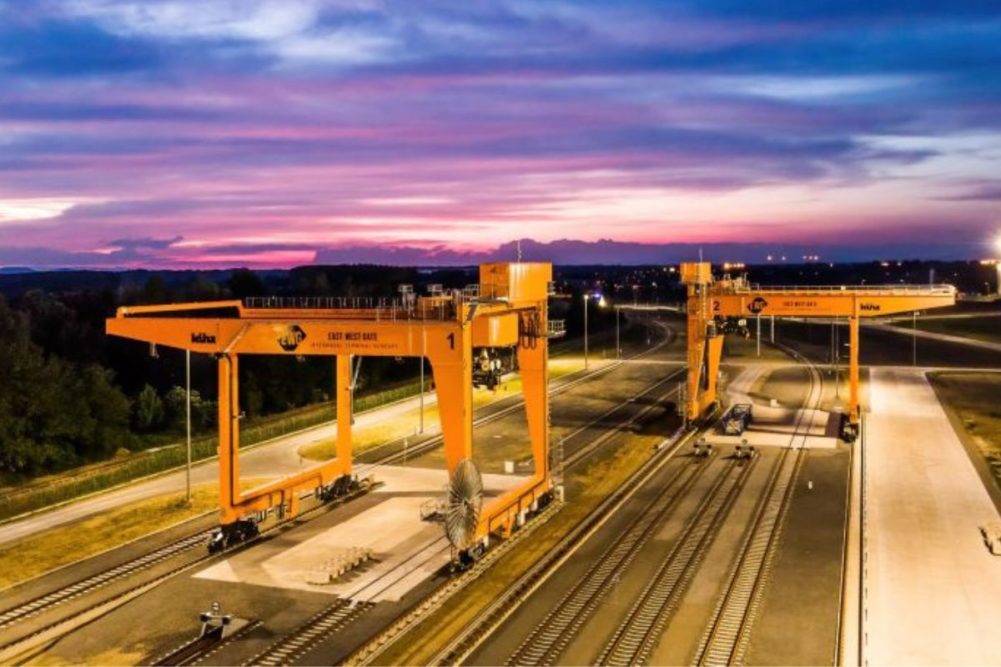FÉNYESLITKE, HUNGARY — Shipments of grain out of war-ravaged Ukraine are expected to get a boost with the opening of East-West Gate, a high-tech wireless 5G intermodal logistics terminal in Fényeslitke, Hungary.
Speaking at the inauguration of the East-West Intermodal Logistics Plc.’s rail gauge switching center on Oct. 18, Foreign Minister Péter Szijjártó noted investment in the project began in 2018 with hopes of increased trade between China and Europe, but Russia’s invasion of Ukraine has made continued and consistent grain shipments out of Ukraine the immediate priority.
“We realize that Russia and the Ukraine are pretty much the pantries of the world because the grain, wheat grown in these two countries play a huge role to very many regions of the world supplying foodstuffs, raw materials,” Szijjártó said. “This terminal at Fényeslitke will play a huge role in shipping grain from Ukraine.
“The area from Fényeslitke to the Adriatic Sea is the fastest and most efficient route, making sure that food supplies can be guaranteed in the most remote areas of the world.”
Located in eastern Hungary on the border with Ukraine and Slovakia, the terminal is expected to be capable of handling 800 tonnes of grain and 450 cubic meters of sunflower oil per hour, starting in November, making it the largest rail hub for Ukrainian agricultural exports. Ukraine is a major contributor to global wheat and sunflower oil exports.
In addition to shipping grain, Szijjártó said the terminal, which cost about $72.5 million to build, has extensive storage capacity. Following the development of railway infrastructure, the terminal will be able to handle 1 million 20-foot containers (TEUs) per year,
Built by Vodafone Hungary with wireless network equipment supplied by Huawei of China, this is the first land-based intermodal logistics terminal in Europe using 5G technology to control cranes remotely.
The primary function of the terminal is to efficiently transship incoming rail shipments, which is necessary because 1,435-millimeter gauge rails are used in Europe, while 1,520-millimeter gauge is used in Russia and many Asian countries.
“Obviously living here in the close vicinity of Ukraine, we are interested in peace,” Szijjártó said. “We have a firm belief that this terminal will go back to its original objective dreamt of in peacetime.”






